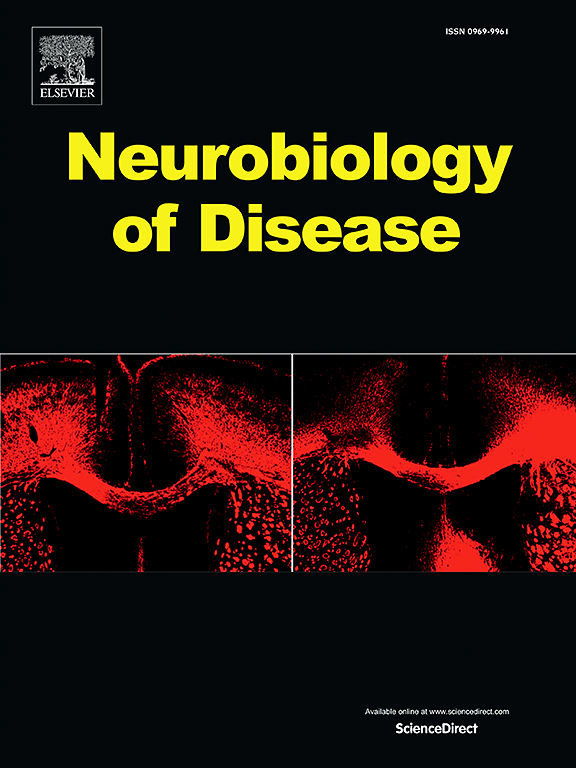脊髓中间神经元的定向神经调节促进慢性脊髓损伤的呼吸
IF 5.6
2区 医学
Q1 NEUROSCIENCES
引用次数: 0
摘要
呼吸功能障碍是颈脊髓损伤(cSCI)的一种衰弱性后果,治疗方法很少。由于成人中枢神经系统的再生能力有限,在慢性期恢复功能具有挑战性。本研究探讨了颈兴奋性中间神经元(eINs)的靶向神经调节对慢性cSCI患者呼吸功能恢复的促进作用。对于急性损伤恢复至关重要的颈椎eINs在损伤后8周和12周的数量没有减少,突出了它们在慢性期作为神经调节靶点的潜力。在csci后6周和12周,这些颈椎eINs的靶向化学发生激活显著改善了呼吸。反复刺激可诱导呼吸脊髓神经元树突可塑性,但不改变胞体大小。值得注意的是,12周时刺激介导的恢复与6周时观察到的相当,强调了这种方法的持续有效性。这些发现强调了脊髓中间神经元靶向神经调节改善脊髓损伤慢性期呼吸的潜力。有针对性地刺激脊髓神经元可以改善颈脊髓损伤后长时间的呼吸,为治疗提供了新的希望。本文章由计算机程序翻译,如有差异,请以英文原文为准。
Targeted neuromodulation of spinal interneurons enhances breathing in chronic spinal cord injury
Respiratory dysfunction is a debilitating consequence of cervical spinal cord injury (cSCI) with few available treatment options. Restoring function in the chronic phase is challenging due to the limited regenerative capacity of the adult central nervous system. This study investigates the targeted neuromodulation of cervical excitatory interneurons (eINs) to improve functional respiratory recovery in chronic cSCI. Cervical eINs, crucial for acute injury recovery, showed no reduction in numbers at 8- and 12-weeks post injury, highlighting their potential as neuromodulatory targets in the chronic phase. Targeted chemogenetic activation of these cervical eINs significantly improved breathing at 6- and 12-weeks post-cSCI. Repeated stimulation induced dendritic plasticity in respiratory spinal neurons without altering soma size. Notably, stimulation-mediated recovery at 12 weeks was comparable to that observed at 6 weeks underscoring the sustained efficacy of this approach. These findings highlight the potential of targeted neuromodulation of spinal interneurons to improve breathing in the chronic phase of SCI.
Teaser
Targeted stimulation of spinal neurons improves breathing long after cervical spinal cord injury, offering new hope for treatments.
求助全文
通过发布文献求助,成功后即可免费获取论文全文。
去求助
来源期刊

Neurobiology of Disease
医学-神经科学
CiteScore
11.20
自引率
3.30%
发文量
270
审稿时长
76 days
期刊介绍:
Neurobiology of Disease is a major international journal at the interface between basic and clinical neuroscience. The journal provides a forum for the publication of top quality research papers on: molecular and cellular definitions of disease mechanisms, the neural systems and underpinning behavioral disorders, the genetics of inherited neurological and psychiatric diseases, nervous system aging, and findings relevant to the development of new therapies.
 求助内容:
求助内容: 应助结果提醒方式:
应助结果提醒方式:


